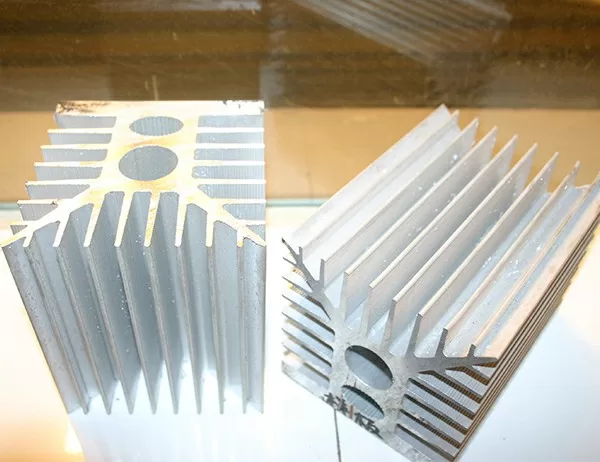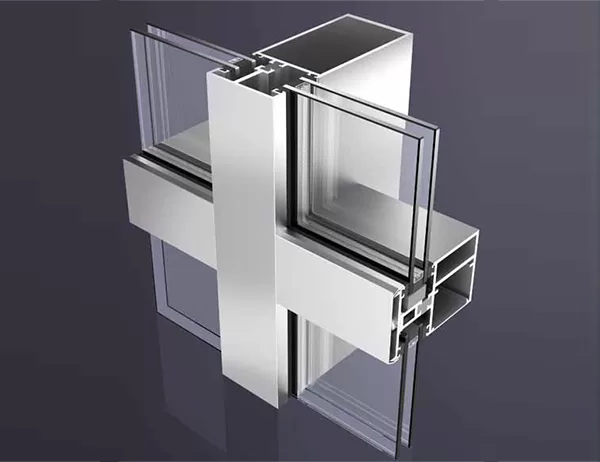In the realm of construction and design, the choice between aluminum T extrusions and wood has long been a subject of debate. While both materials offer unique advantages, their inherent differences demand a careful analysis before project implementation. This comparative analysis delves into the crucial aspects of these materials, providing valuable insights for architects, engineers, and project managers.
Strength and Durability
Aluminum extrusions exhibit exceptional strength-to-weight ratios, making them an ideal choice for structural applications. Their superior resistance to corrosion, pests, and weather conditions enhances their longevity, while wood tends to deteriorate over time due to moisture absorption and biological attacks.
Versatility and Customization
Aluminum T extrusions offer unparalleled versatility due to their ability to be customized in various shapes and sizes. This allows for the creation of intricate designs that enhance aesthetics and functionality. Wood, on the other hand, is limited in terms of shape and size manipulation, posing challenges for complex geometric applications.
Thermodynamics
Aluminum’s high thermal conductivity enables efficient heat transfer, improving energy efficiency in building applications. This property makes aluminum extrusions suitable for use in heat sinks, thermal management systems, and solar collectors. Wood, with its low thermal conductivity, provides excellent insulation and sound absorption, making it appealing for residential and commercial buildings.
Sustainability and Environmental Impact
Aluminum is a highly recyclable material, making it an environmentally friendly choice. The process of extrusion requires less energy consumption compared to wood manufacturing, further reducing carbon footprint. Wood, while biodegradable, can contribute to deforestation if not sourced responsibly.
Cost Considerations
The initial cost of aluminum T extrusions can be higher compared to wood. However, the long-term savings resulting from durability, low maintenance, and reduced replacement costs make aluminum extrusions a more economical choice in the long run.
Architectural and Aesthetic Appeal
Both materials offer distinct aesthetic qualities. Aluminum’s sleek and modern appearance complements contemporary architectural styles, while the natural warmth and texture of wood evoke a timeless elegance. The aesthetic appeal of each material should align with the design goals and preferences of the project.
In conclusion, the choice between aluminum T extrusions and wood hinges on project-specific requirements and preferences. Architects, engineers, and project managers can leverage this comparative analysis to make informed decisions that optimize project outcomes. By carefully considering factors such as strength, durability, versatility, thermodynamics, sustainability, cost, and aesthetics, they can ensure the selection of the most suitable material for their project.




